I'm dealing with a dataset df consisting in daily sales of different products, in a 2 year span.
Unfortunately I have missing observations, as well as days in which some (actually many) products where not sold (considering I'm inspecting the sales of more than 2000 products). So this is a sample of my data, number of sales per date for a given category of products. As you can see, '2014-01-09' and '2014-01-15' are missing.
date number
2014-01-06 1439
2014-01-07 985
2014-01-08 1202
2014-01-10 1439
2014-01-11 2862
2014-01-12 1542
2014-01-13 990
2014-01-14 562
2014-01-16 1254
2014-01-17 1419
2014-01-18 2667
2014-01-19 1513
Anyway, I create a ts object: ts <- xts(number,date,by=1)
and simply plotted it plot(ts,xlab='',ylab='sales'):

As you can see there are a huge number of missing observations, especially in the span april/july 2014.
However, when I use: 'plot.ts(ts)' I get:

First of all there are 618 observations, which is less then the 2 year span (729) days I am considering. But as in the plot before you could clearly see the gaps given by the missing values, here it's like I have a period of 618 days with no missing observations.
My issue is that I have a huge data of millions of rows and thousands of products, so I would like to work just on the output without introducing missing dates together with NAs in the 'number' column.
Could you please help me with:
- Plot the series in a given timeframe like '2015-03-04'-'2016-03-04' .
- Adding the xlabels to my second plot, considering gaps as in the first one (I want 729 days of span, even if I have 618 observations).
Thank you in advance.